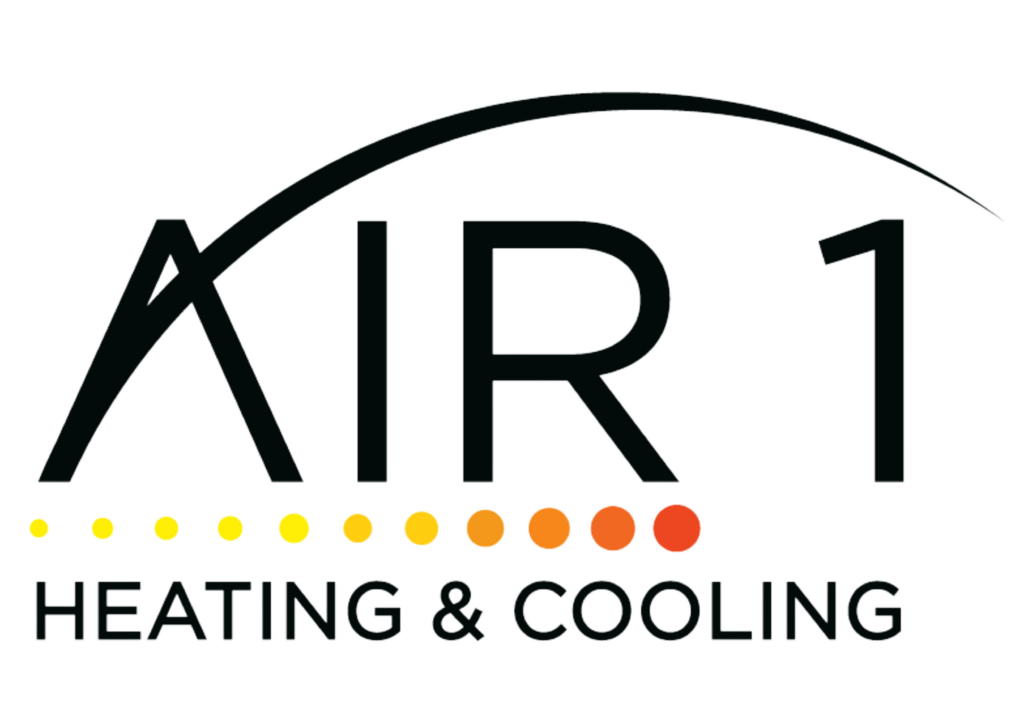Have you ever woken up with a chill in the middle of the night, or are certain sections of your house colder than others? Your furnace’s heat exchanger has most likely failed.
Furnaces use a heat exchanger to distribute warm air throughout all the rooms in your house. It is a vital component of your heating system, and any problems with it will not only cause your furnace to break down but also put your family’s health and safety in danger.
In this post, we’ll go over some early warning signals to keep an eye on to prevent further damage to your furnace’s heat exchanger.
Why Do Heat Exchangers Fail?
Metal fatigue eventually causes all heat exchangers to fail. Temperature causes the metal to expand and shrink. The heat exchanger may break down as a result of the continuous expansion and contraction. When this happens, there is a great risk for contamination, and the situation becomes unsafe.
While heat exchangers are designed to last up to 20 years, certain variables might speed up the process of heat exchanger failure. Inadequate maintenance, original system design and installation, or manufacturer-designed equipment are some examples.
How Can You Tell If Your Heat Exchanger Has Failed?
A heat exchanger must be visually inspected regularly. Here are some things you have to look out for:
Noticeable Cracks
Although the heat exchanger can be replaced, this is a costly repair and indicates that the furnace is starting to deteriorate. Replacing the furnace is a much better and safer option.
Dust
If you see an unusual buildup of dust, or a considerable amount of it coming from the heat registers when the furnace turns on, it might be a sign that your furnace is breaking down. Filtration becomes more difficult as your furnace ages. Call a trained technician if you see an excessive amount of dust.
Noise
When your thermostat switches on the heat, you’ll probably hear a rattling noise if the heat exchanger is cracked. Because the heat exchanger is constructed of metal, cracks will expand and contract as it heats up, resulting in rattling, popping, and banging sounds.
Your CO Alarm Goes Off
Carbon monoxide (CO) is a deadly flammable gas with no odor, color, or taste. A faulty heat exchanger might cause this gas to seep into your house. A carbon monoxide detector or alarm can only detect the presence of high amounts of CO in the air.
Flame Color
The flame that heats your air can usually be seen in most furnaces. Blue is expected, while orange or yellow is not.
How Can I Prevent This From Happening?
Regular examination by an expert is the best method to avoid damage and a deadly gas leak. Have your furnace inspected once a year, and be on the lookout for the various symptoms of a heat exchanger failure. If you have a faulty heat exchanger, you must move quickly to repair or replace it.
Conclusion
You have two alternatives if your heat exchanger fails: replace the heat exchanger or replace the furnace. The best approach to repair a broken heat exchanger is to remove the damaged cell and replace it if one is available. It’s conceivable, though, that additional parts and controls in the furnace may need to be replaced at this time. Often, this is a prohibitively expensive repair compared to rebuilding the entire furnace and bringing it up to code.
If you need help with your furnace heater, Air 1 LLC’s experts can take care of the job for you! We offer heating equipment from leading manufacturers and provide homeowners the services to take care of their systems. Check out our services and get in touch with us now!

